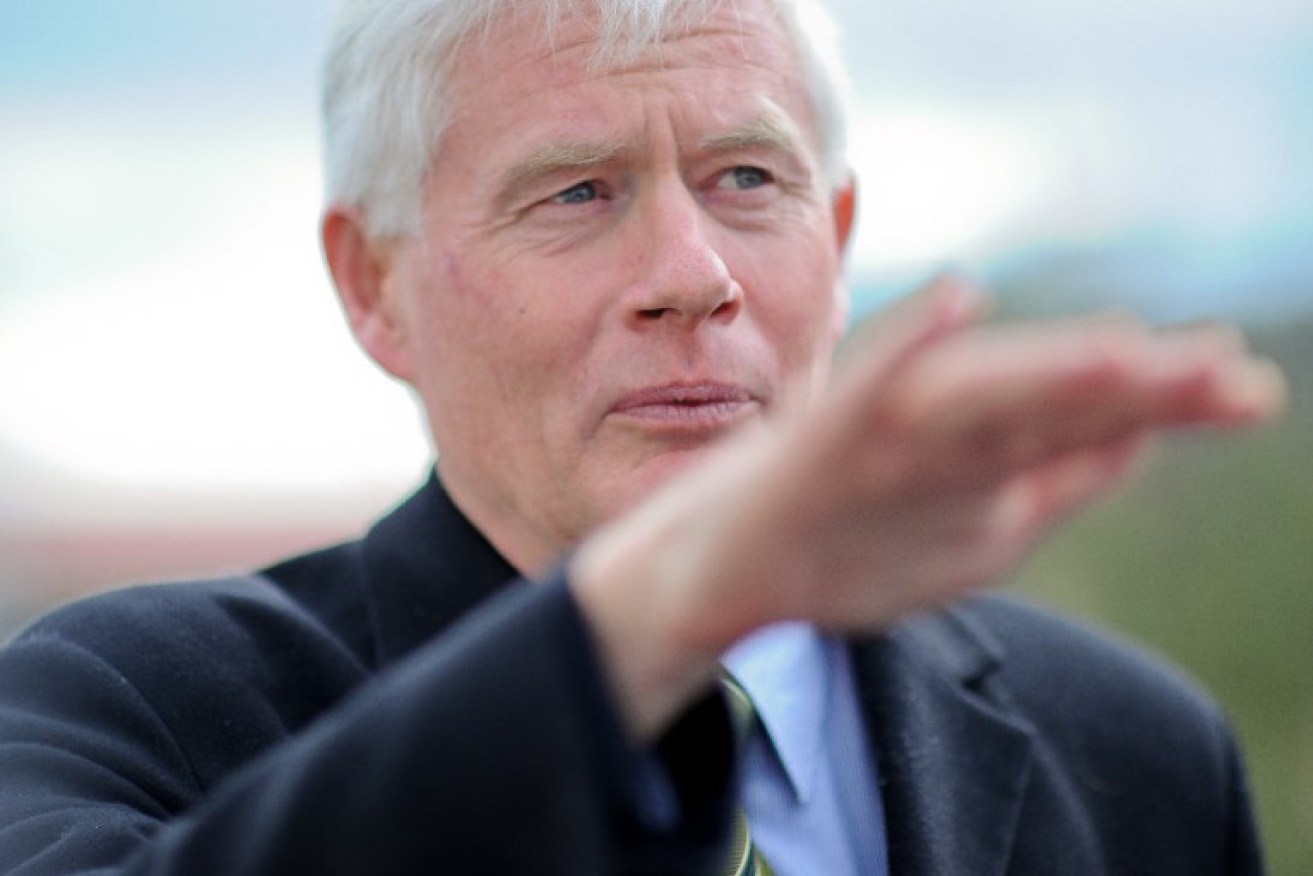Cars sidelined in urban planning reforms


Linking planning and roads reforms means higher priority for pedestrians and public transport, Planning Minister John Rau says.
A more pedestrian-friendly, public-transport-centred urban future has been flagged by the State Government with its decision to link planning reforms to a review of roads and cars legislation.
The government today accepted all the recommendations of its expert panel on planning reform.
These include earlier and more thorough consultation with residents about planning policy, a simplification of labyrinthine planning regulations across the state, taking away some planning powers from councils and the Planning Minister in favour of planning experts, and digitising the system.
Planning Minister John Rau said pedestrian movement and public transport would be prioritised by linking the wholesale rewrite of planning laws with changes to transport and infrastructure legislation.
Executive officer of the Planning Institute of Australia George Inglis said the link “presages an urban future where the places that people gather are more functional for pedestrians than they are for cars, although the integration of driverless vehicles opens a lot of other opportunities”.
“It also increases opportunities for public transport to be placed higher in the movement hierarchy, which is of course of benefit to public amenity, the environment, but also the built environment, as public transport leaves more space for urban development that would otherwise be taken up with roads.
“For all of modern history, basically, roads have dominated urban development.
“Because of the dominance of road legislation … people and places have come second to roads and cars.
“It shows to me that the government understands that without significant reform at other levels and with other legislation, the reform of the planning system and planning legislation won’t have the desired effect in terms of results for the built environment.”
The reforms – due to be put to parliament in draft form by July – would also remove the ability of local councils to decide on individual development applications. That power would rest with several regional development boards of planning experts, each with representatives from several councils, which would, in turn, advise the State Government.
Developers have long complained that a development application that is successful in one council area might be rejected outright by adjacent council.
Executive director of the Urban Development Institute Terry Walsh said the reforms would simplify the planning system and be an economic boon for the state.
“We think that this has got the potential to unlock millions,” he said.
“The planning reforms that are going to reduce time, add more certainty (and) remove the red tape.”
Walsh said the proposed new system would remove barriers to investment by developers and speed up capital injection in the state.
He rejected the notion that councils should be able to make development decisions on behalf of their particular constituancy, saying greater simplicity and consistency across the state would encourage investment.
“That’s nimbyism (NotInMyBackYard-ism) at its very worst,” Walsh said.
“I don’t see much difference between me walking down the street and someone else.
“Any time delay has potential to stop capital being used.”
Rau said despite councils’ diminished powers under the plan, they would play a vital role in the initial and ongoing consultation on planning reform.
He said consultations would be held in communities across the state to develop the simplified planning framework, which would be reduced from the size of “several Sydney phone books” to “40 or 50 planning tools”.
“They will have a central role in the policy formulation end of the process,” he said.
“The method of consultation would have to be vastly different depending on the area.
“Where they’re going to be taken out of the loop is the notion that elected members of council get some say in the decision-making in respect to the individual application against a known policy framework.”
One of the most significant changes planned by the government is to remove much of the minister’s powers to make decisions about Adelaide’s urban growth boundary.
“I want to completely take that away from myself,” said Rau.
“Decisions of ministers can make people literally tens of millions of dollars.
“I see that as being an area of enormous risk to the public.”
He said the changes would also embed the state government’s determination to keep urban sprawl under control into the future.
“This sort of 1960’s-1970’s version of a developer nirvana where you just get paddocks and put houses on them and then the taxpayer of the future foots the bill: that’s finished,” he said.
“Any planning minister, in my opinion, who is going to be making a decision of that sort which will affect future taxpayers … should have to go through a process and not simply be able to do this by signing a piece of paper, which is the situation now.”
But Walsh said the minister should retain full discretion over Adelaide’s urban growth boundary.
“We think a good minister will listen to industry where all the knowledge is,” he said. “That works perfectly well and we would not ever want that to change.”
READ MORE: Massive planning system overhaul proposed




